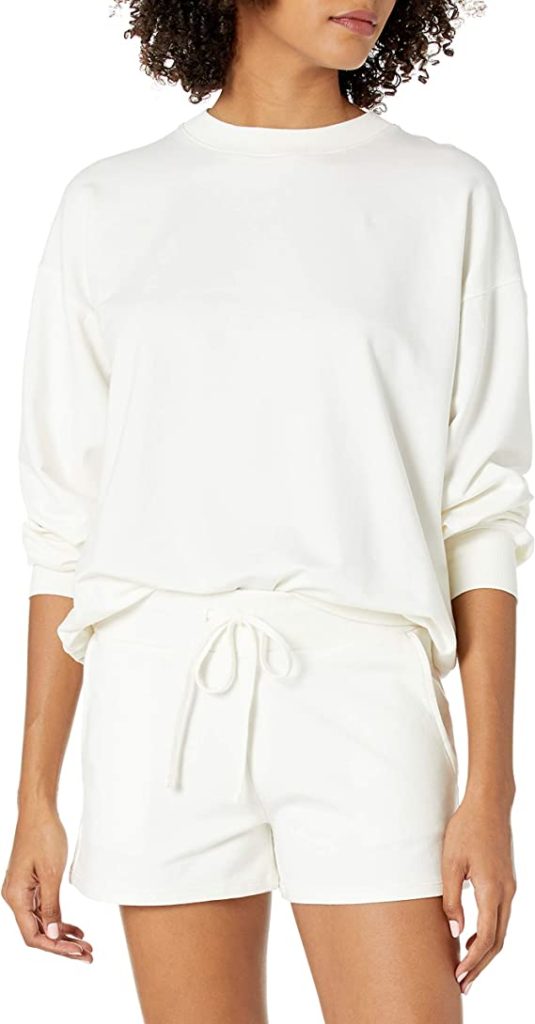Negative heel shoes are a type of shoe that reduces pressure on the lower back and hips by lessening the slope of the foot.
This is achieved by manufacturing shoes with a negative angle relative to the ground, usually -3 degrees or greater. Negative heel shoes may be prescribed for people with lower back pain (particularly those suffering from spinal stenosis) and short leg syndrome.
Lower-back pain that occurs because of pressure on a nerve in the spine, rather than damage to the disc itself, is known as radiculopathy. Radiculopathy is often caused by bulging or ruptured discs in the lower part of the spine. The medical community believes that negative heel shoes can relieve this type of back pain because they cause less stress on tissues surrounding the affected nerve root than regular heels do. In addition, studies have shown that an anterior pelvic tilt is common among people with lower back pain, which is also known as a flat back posture. By reducing the slope of the foot and in turn allowing for more of an arch and posterior pelvic tilt, negative heel shoes can reduce lower back pain by increasing the space between the vertebrae and lengthening tight muscles, tendons and ligaments around the spine.
Although some physicians prescribe negative heel shoes to patients who have short leg syndrome or wear them on their own accord, not all health professionals agree that they are effective in correcting this condition. The theory behind using these types of shoes to treat short leg is that having less slope at the base than regular shoes allow allows for greater hip flexion during gait (walking) and increases stride length. This means that a person who suffers from short leg syndrome, which is typically due to the hips being farther apart than the knees, will be able to take longer strides and avoid having his or her stride incorrectly shortened.
Negative heel shoes are not suitable for everyone. They may cause strain in people with certain knee conditions such as patellofemoral pain (runner’s knee) or those with labral tears. In addition, negative heel shoes can cause back pain in people who have an excessively flat arch or no arch at all. This is particularly true for orthotics users since the rigid structures inside their shoe will force their ankle into an excessive plantar flexion position during gait. Some patients wearing these types of shoes also report that they feel unsteady on their feet because of the loss of proprioception, or awareness of where their body is positioned in space.
In addition to lower back pain and short leg syndrome, some medical professionals have reported success using negative heel shoes for patellofemoral syndrome, plantar fasciitis and various knee conditions including palsies.


